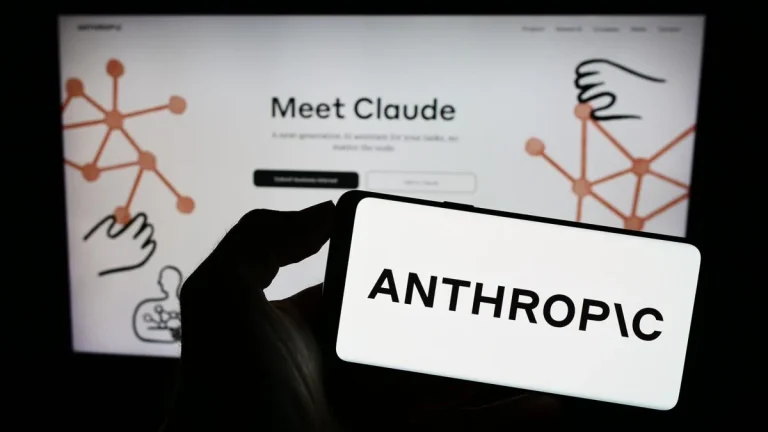
Amazon has officially crossed a major automation milestone: the deployment of over 1 million robots across its global warehouse network. The landmark moment was marked by the arrival of the one-millionth robot at a fulfillment center in Japan — a symbol of just how deeply automation is woven into the fabric of Amazon’s operations today.
A decade ago, Amazon made a bold move by acquiring robotics startup Kiva Systems for $775 million. That decision is now paying off. What started as a quiet shift toward mechanized logistics has evolved into one of the largest robotic workforces in the world. Today, robots are involved in about 75% of Amazon deliveries, handling tasks from lifting heavy goods to organizing inventory with unmatched speed and precision.
But this isn’t just about building faster warehouses. Amazon is also building smarter ones.
Enter DeepFleet — Amazon’s latest generative AI system designed to orchestrate robotic movement across its facilities. With DeepFleet, thousands of robots work more efficiently, navigating warehouse floors with AI-optimized routes. Amazon estimates this could increase overall robotic speed by 10%, a big deal when you’re fulfilling millions of orders per day.
Interestingly, Amazon continues to frame this as a story of human-robot collaboration, not competition. Rather than replacing workers, the company says automation is helping reduce injuries and physical stress by taking over repetitive and strenuous tasks. Robots like Sequoia and Sparrow were engineered with ergonomics in mind, aiming to make warehouse jobs safer. And many Amazon employees are now upskilling into tech-adjacent roles—managing, troubleshooting, and maintaining the very machines that once seemed like job threats.
However, not everyone’s at ease. A recent memo from CEO Andy Jassy, suggesting AI may eventually shrink corporate roles, has stirred anxiety internally—especially in the wake of layoffs and hiring freezes. It’s a reminder that as AI reshapes the warehouse floor, ripple effects may be felt throughout the entire organization.
Still, Amazon is all in. With its $1 billion Industrial Innovation Fund backing further automation, and partnerships with institutions like MIT exploring worker-robot dynamics, the company isn’t just automating — it’s designing the future of work. Analysts expect other logistics giants to follow suit, with projections showing 75% of large enterprises could adopt similar robotics systems by 2026.
The bottom line? Amazon’s robot army isn’t replacing the workforce — it’s redefining it. And in this new world of fulfillment, people and machines aren’t competing for jobs — they’re clocking in together.






